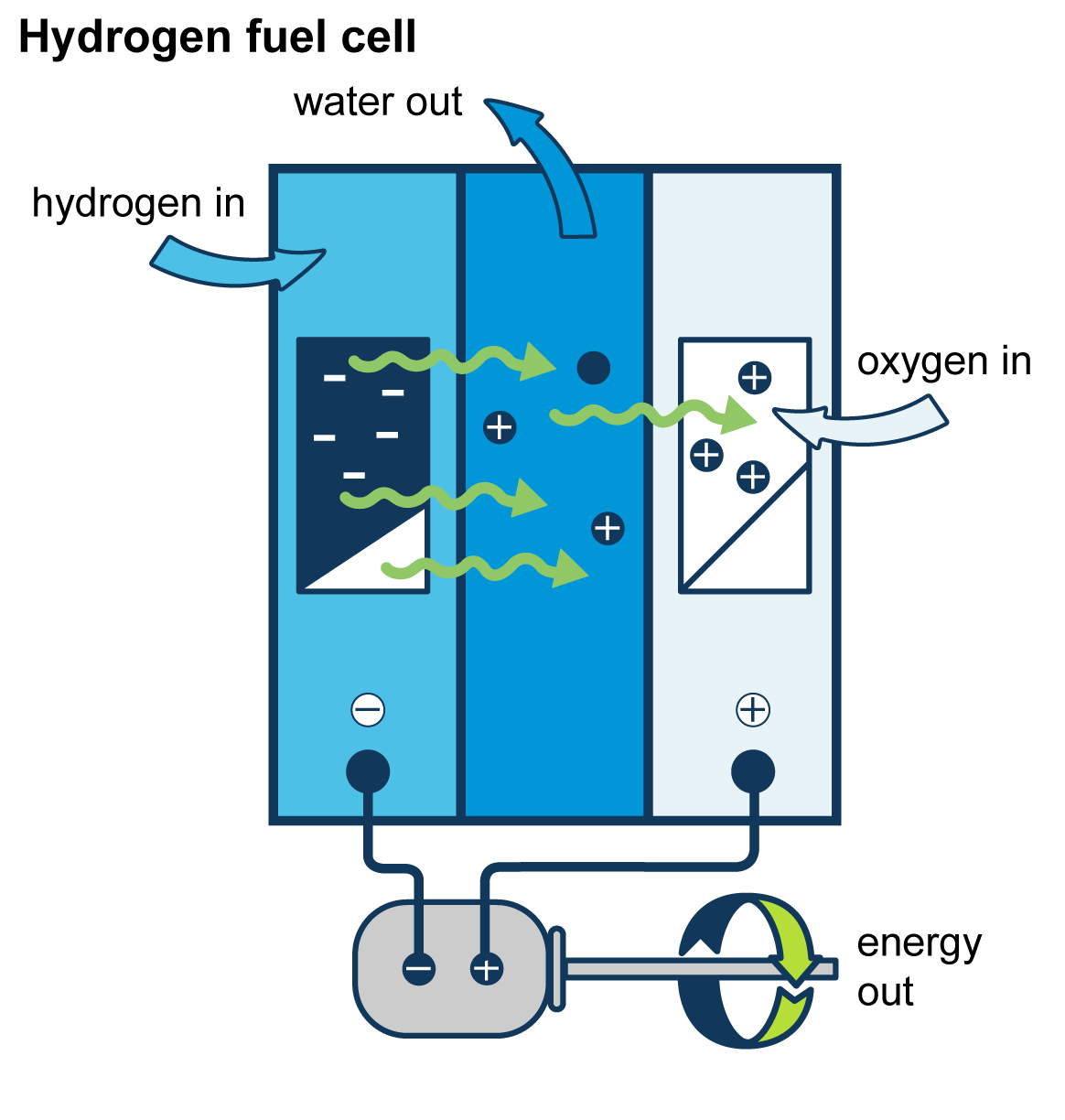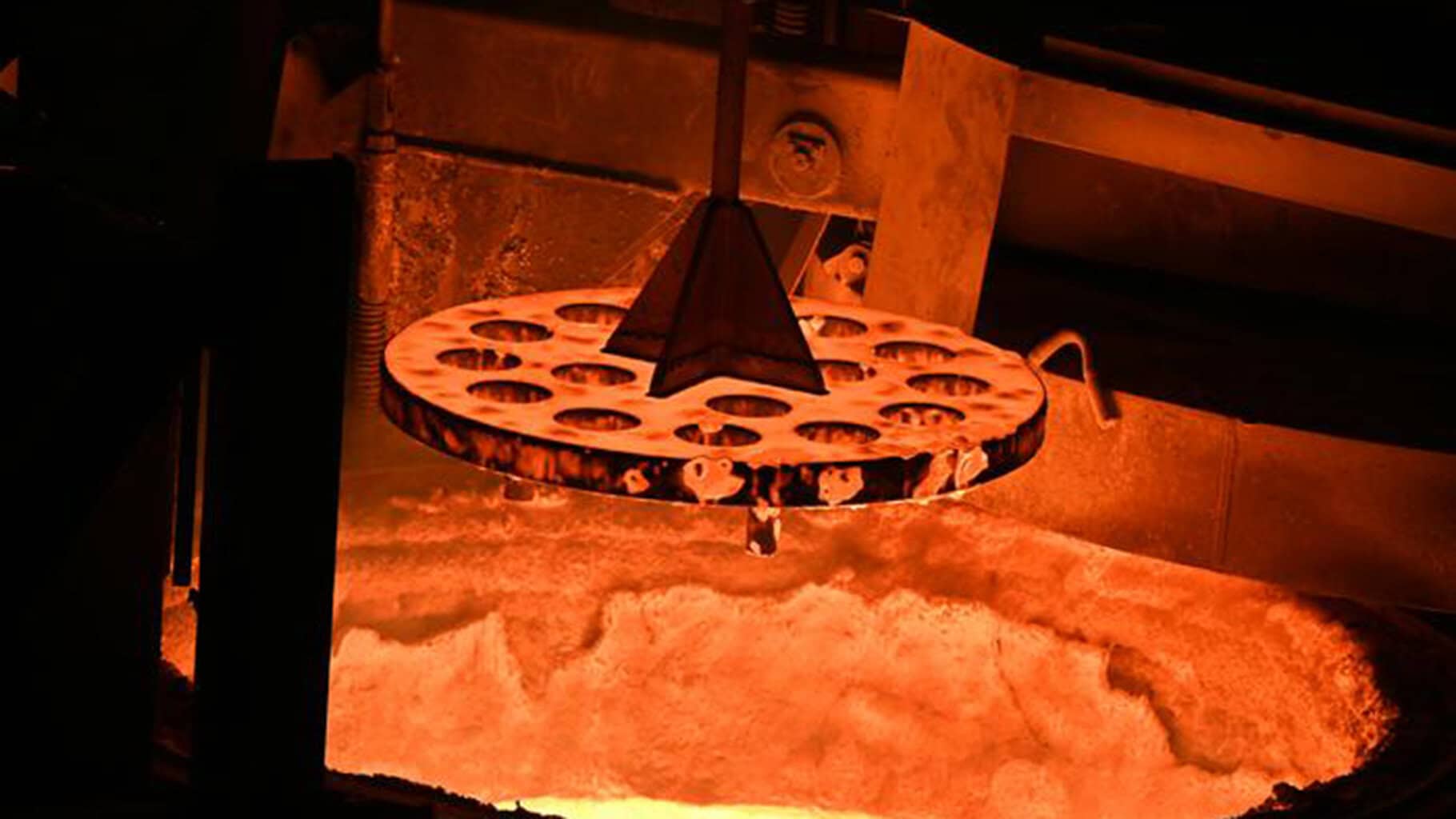Bramble Energy has recently announced the successful completion of an APC-funded project aimed at optimizing fuel cell stack construction, advancing the role of hydrogen in the fight for sustainability. This project has led to the development of their innovative Printed Circuit Board Fuel Cell (PCBFC) technology, enabling the production of up to 2,000 50kW stacks per year.

Bramble Energy: Addressing Challenges in Hydrogen Power
Hydrogen power holds immense potential for clean energy applications, yet it faces significant challenges, primarily in cost reduction. Efforts are focused on making hydrogen production and distribution more competitive against conventional fuels. Technological innovation and increased investment in research and development (R&D) are crucial to improving hydrogen production technologies, such as electrolysis.
According to the EPO-IRENA report on innovation trends in electrolysers for hydrogen production, investment costs for electrolyser plants can be reduced by up to 40% in the short term and 80% in the long term. Strategies to achieve these reductions include improved design, economies of scale, material substitution, enhanced efficiency, and operational flexibility. Making electrolysis cheaper will make green hydrogen more accessible on a large scale, driving widespread adoption of hydrogen fuel and facilitating its integration into sectors such as transportation, industry, and energy storage.
Further reductions in the cost of renewable energy are also necessary to complement electrolysis technologies. Continued R&D is needed to drive down costs, such as developing next-generation solar panels with higher efficiency and lower manufacturing costs, or more efficient wind turbine designs.
Policy support plays a vital role in this process. Government policies and incentives are essential for promoting the adoption of hydrogen fuel cells and encouraging investment in infrastructure and technology development. Subsidies, tax incentives, and supportive regulations can drive innovation in the renewable energy sector.
Minimizing Environmental Impacts of Hydrogen Production
Currently, 98% of the world’s hydrogen production is grey hydrogen, which has a significant environmental impact due to CO2 emissions. As climate change concerns intensify and the transition to a low-carbon economy becomes urgent, there is a growing recognition of the need to phase out grey hydrogen in favor of green hydrogen.
Scaling up the production of green hydrogen requires continuous innovation and collaboration among policymakers, public institutions, and private investors. Advances in electrolysis technology should focus on developing electrolyser types that do not rely on precious metals and difficult-to-source materials, to avoid creating future environmental issues. The same consideration applies to fuel cell technology.
Developing Hydrogen Refueling Infrastructure
Bramble Energy is committed to facilitating the development of hydrogen refueling stations and infrastructure. The company’s PCB-X™ Platform technology supports both the development of fuel cells and electrolysers, aiming to deliver an end-to-end solution that bridges the gap hindering the successful integration of clean energy solutions into mainstream use.
By partnering with prominent OEMs and global markets that support these innovations, Bramble Energy is also contributing to the concurrent development of the necessary infrastructure.
Hydrogen Fuel Cells in Hard-to-Abate Sectors
Hydrogen fuel cells are a key technology for decarbonizing hard-to-abate sectors such as heavy industry and long-haul transportation. Hydrogen has the potential to revolutionize the transportation of goods and people worldwide. Hydrogen fuel cells could be deployed at centralized refueling depots for rail, marine, and aerospace applications.
However, the main challenge remains the cost. The cost of hydrogen fuel cells needs to be significantly reduced to make them competitive with conventional technologies. Bramble Energy is focused on decreasing the cost of manufacturing hydrogen fuel cells by leveraging their PCB-based fuel cell technology, which uses a standardised Printed Circuit Board material set. This approach offers economies of scale and utilizes a pre-existing manufacturing route, eliminating the need for CAPEX investment.
Engaging with Stakeholders for Policy Support
Collaboration and policy support are essential for the success of the hydrogen economy. Bramble Energy engages with policymakers, industry stakeholders, and research institutions to advocate for policies that promote the development and adoption of hydrogen fuel cell technology. By working with government projects and forming partnerships with prominent industry players, Bramble Energy aims to remove existing barriers to the mass deployment of hydrogen technologies.

Conclusion
As Bramble Energy continues to innovate and optimize hydrogen fuel cell technology, the company is playing a crucial role in advancing hydrogen as a sustainable energy solution. Through technological innovation, policy support, and strategic partnerships, Bramble Energy is contributing to the development of a hydrogen economy that can significantly impact the transition to a low-carbon future.
This article will also appear in the 18th edition of our quarterly publication.











